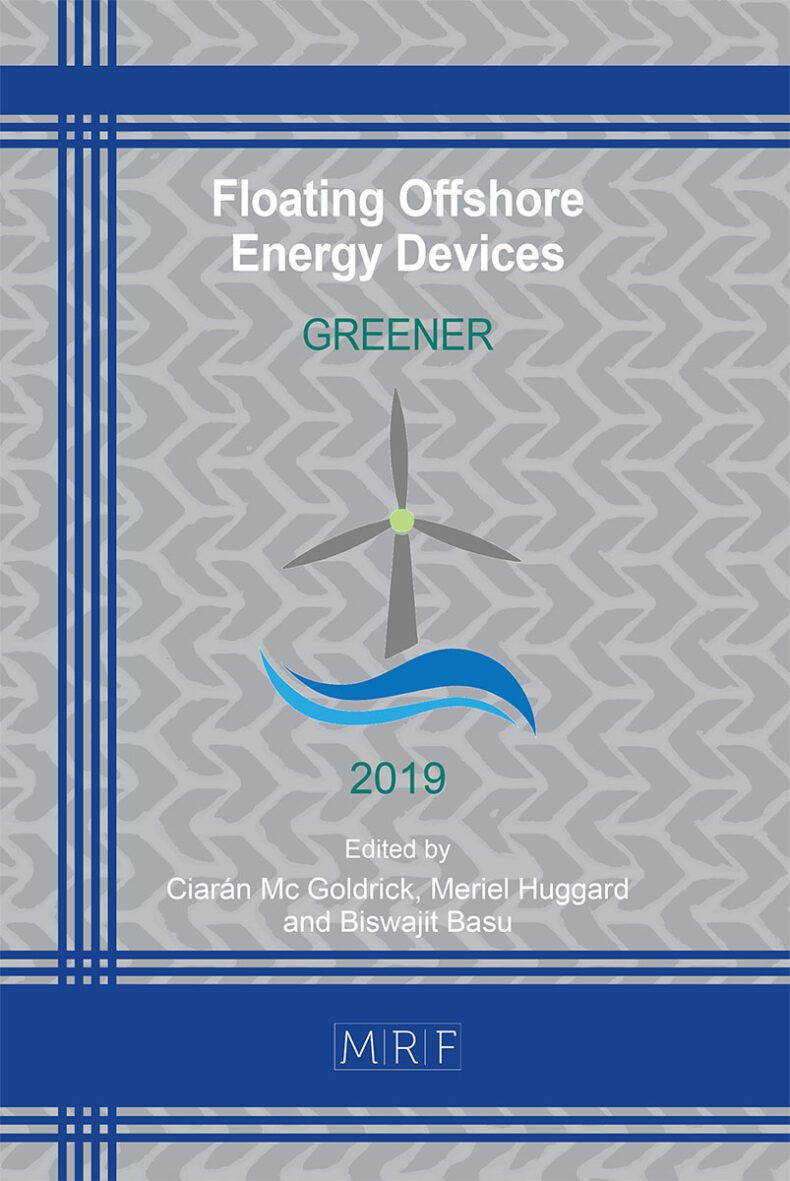Study of the Antarctic Circumpolar Current via the Shallow Water Large Scale Modelling
Kateryna Marynets
download PDFAbstract. This paper proposes a modelling of the Antarctic Circumpolar Current (ACC) by means of a two-point boundary value problem. As the major means of exchange of water between the great ocean basins (Atlantic, Pacific and Indian), the ACC plays a highly important role in the global climate. Despite its importance, it remains one of the most poorly understood components of global ocean circulation. We present some recent results on the existence and uniqueness of solutions of a two-point nonlinear boundary value problem that arises in the modeling of the flow of the (ACC) (see discussions in [4-9]).
Keywords
Geophysical Flow, Nonlinear Boundary-Value Problem, Global Existence, Uniqueness, Positive-Definite Function
Published online , 5 pages
Copyright © 2022 by the author(s)
Published under license by Materials Research Forum LLC., Millersville PA, USA
Citation: Kateryna Marynets, Study of the Antarctic Circumpolar Current via the Shallow Water Large Scale Modelling, Materials Research Proceedings, Vol. 20, pp 81-85, 2022
DOI: https://doi.org/10.21741/9781644901731-11
The article was published as article 11 of the book Floating Offshore Energy Devices
![]() Content from this work may be used under the terms of the Creative Commons Attribution 3.0 licence. Any further distribution of this work must maintain attribution to the author(s) and the title of the work, journal citation and DOI.
Content from this work may be used under the terms of the Creative Commons Attribution 3.0 licence. Any further distribution of this work must maintain attribution to the author(s) and the title of the work, journal citation and DOI.
References
[1] A. Constantin and R. S. Johnson, An exact, steady, purely azimuthal flow as a model for the Antarctic Circumpolar Current, J. Phys. Oceanography, 46 (2016) 3585–3594. https://doi.org/10.1175/JPO-D-16-0121.1
[2] A. Constantin and R. S. Johnson, Large gyres as a shallow-water asymptotic solution of Euler’s equation in spherical coordinates, Proc. Roy. Soc. London A, 473 (2017), Art. 20170063, 17 pp. https://doi.org/10.1098/rspa.2017.0063
[3] A. Constantin and R. S. Johnson, Steady large-scale ocean flows in spherical coordinates, Oceanography, 31 (2018), 42–50. https://doi.org/10.5670/oceanog.2018.308
[4] S. V. Haziot and K. Marynets, Applying the stereographic projection to the modeling of the flow of the Antarctic Circumpolar Current, Oceanography, 31 (2018), 68–75. https://doi.org/10.5670/oceanog.2018.311
[5] K. Marynets, On a two-point boundary-value problem in geophysics, Applicable Analysis, 98 (2019), 553–560. https://doi.org/10.1080/00036811.2017.1395869
[6] K. Marynets, A nonlinear two-point boundary-value problem in geophysics, Monatsh Math., 188 (2019), 287–295. https://doi.org/10.1007/s00605-017-1127-x
[7] K. Marynets, Two-point boundary-value problem for modeling the jet flow of the Antarctic Circumpolar Current, Electronic J. Diff. Eq., 56 (2018), 12 pp.
[8] Kateryna Marynets, Study of a nonlinear boundary-value problem of geophysical relevance, Discrete and Continuous Dynamical Systems (2019), 39(8), 4771–4781. https://doi.org/10.3934/dcds.2019194
[9] Kateryna Marynets, The Antarctic Circumpolar Current as a shallow-water asymptotic solution of Euler’s equation in spherical coordinates, Deep-Sea Research Part II (2019), (160), 58-62. https://doi.org/10.1016/j.dsr2.2018.11.014
“”































